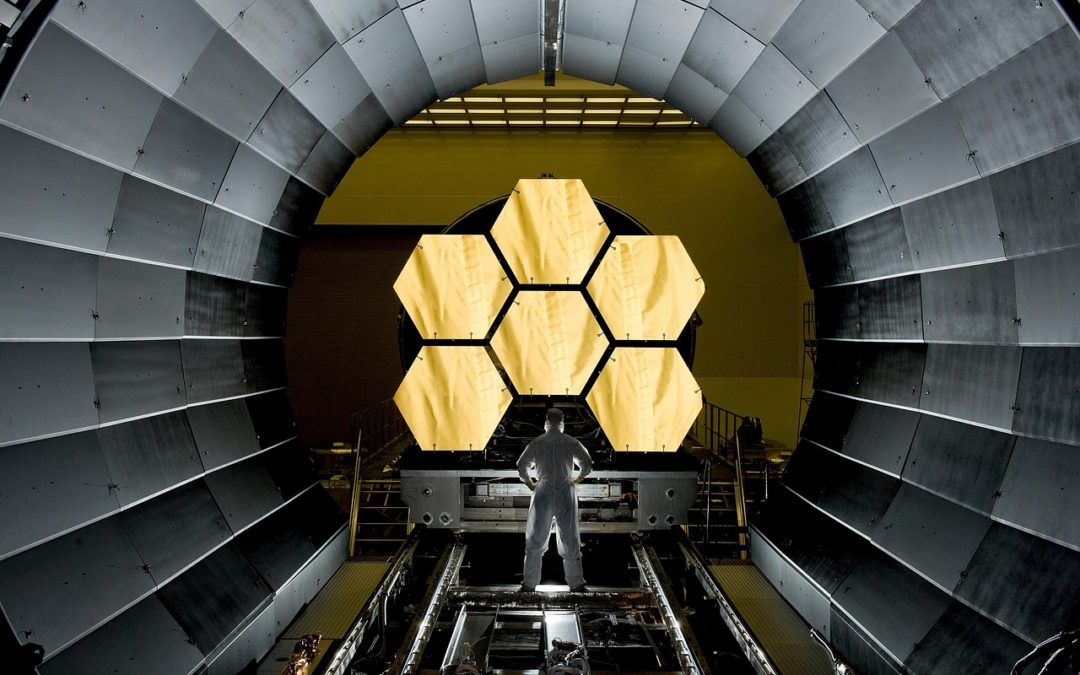The future is happening all the time, all around us, every day. Nowhere is this more evident than in the classroom. Digital literacy skills are changing the way the present unfolds before us. There are so many innovative technologies coming onto the market, and more all the time.
The future is bright in that students, and those embracing digital literacy skills, are
- understanding the differences in new technologies and how they can be applied;
- are capable of engaging faster;
- are capable of transferring knowledge to other people;
- and where sharing of information presents greater visualization opportunities.
These are all things that can really enhance the way in which we’re interacting with the world around us.
The ability to go on virtual field trips, the ability to create content and have creative expression in new and interesting ways are all just the tip of the iceberg.
For example, if you look at medical education, there is a huge opportunity to use things such as virtual reality in order to prepare students before going into an operating theater. Similarly, new technology such as hololenses will eventually enable interactive collaborative work on 3D designs, and help guide individuals in working through complex processes by being able to see best practices overlaid visually within their working environment.
The challenge we are going through currently is a very simple one. The cost for the development of these new technologies is far too high for the middle class to afford, and for schools to adopt, large scale. There is a large plethora of new apps, utilities, and functional toys for which source materials and content are not widely available. The accessibility of such technology is often limited to those that can both afford the upkeep, and are prepared to invest in the necessary learning curves to apply the technology, even if the technology eventually goes nowhere.
The Rockcliffe University Consortium Conference provides an opportunity to examine the impacts of technology on future learning and career training, including an opportunity to play with some of the tools. We will look at innovative technology as something not to be feared, but to be embraced with a critical eye toward the future that our students are headed into. These will be influenced by the educational practices and new pedagogies of the present.

